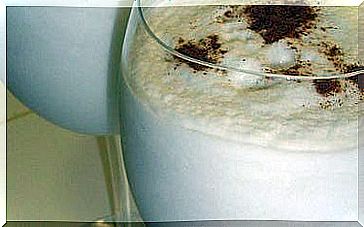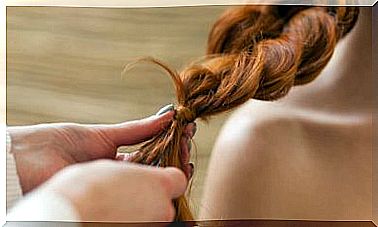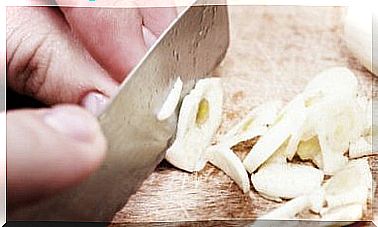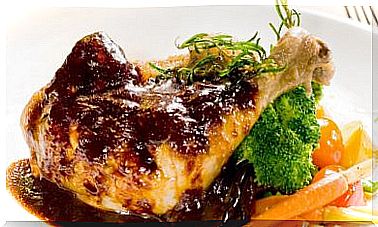Which Sun Protection Factor Is The Most Suitable?
The sun protection factor (SPF) indicates how long our skin can be exposed to the sun without burning. It is the number that we find in sun creams and that actually refers to the number of hours that our skin is protected from the sun with said cream.
The FPS allows, by means of a simple formula, to calculate the time that we can expose ourselves to the sun without burning ourselves. For this we must know how long it takes our skin to burn without any type of protective cream and then multiply this number by the SPF that we are going to use, the result will be the time during which we will be protected from solar radiation.
For example, if a person would take 5 minutes to get sunburned without sun protection and uses an SPF of 50, in theory, they would be protected from solar radiation for 250 minutes.
Preliminary considerations
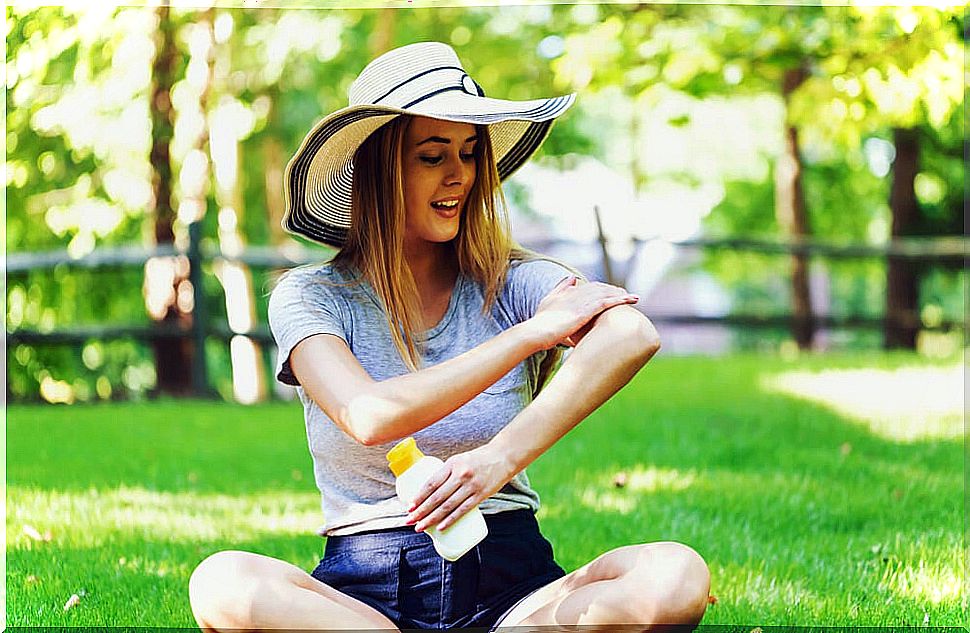
If we return to the case of the previous example, in which, theoretically, a person would be protected from the sun for 4 hours, we must clarify that this should not be taken at face value.
In 4 hours we touch our skin repeatedly, we sweat and our skin reabsorbs the cream that we have applied. For this reason, it is recommended to reapply cream every 2 hours to ensure protection.
Types of solar radiation
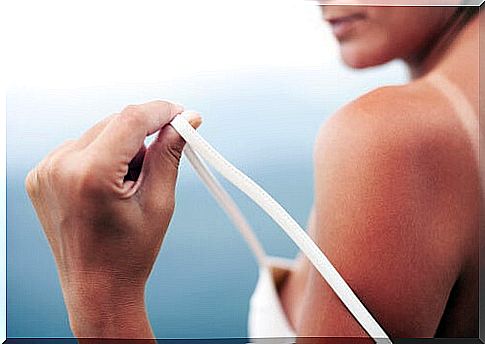
There are two types of ultraviolet solar radiation, which is the type of solar radiation that affects our skin:
- UVA rays: very energetic, capable of passing through glass, water and our own skin, reaching the dermis (deep layer of the skin). Due to its high energy, this radiation is capable of causing mutations in our DNA, which can cause cancer.
- UVB rays: less energetic and therefore less penetrating. It is the radiation responsible for tanning, but also for sunburn due to its ability to burn tissue. They are therefore the rays that cause direct damage to the skin.
With this in mind, when choosing a sun protection cream it is important to evaluate whether it has broad spectrum protection, since only the creams that specifically indicate it protect from both UVA and UVB rays.
Types of phototypes
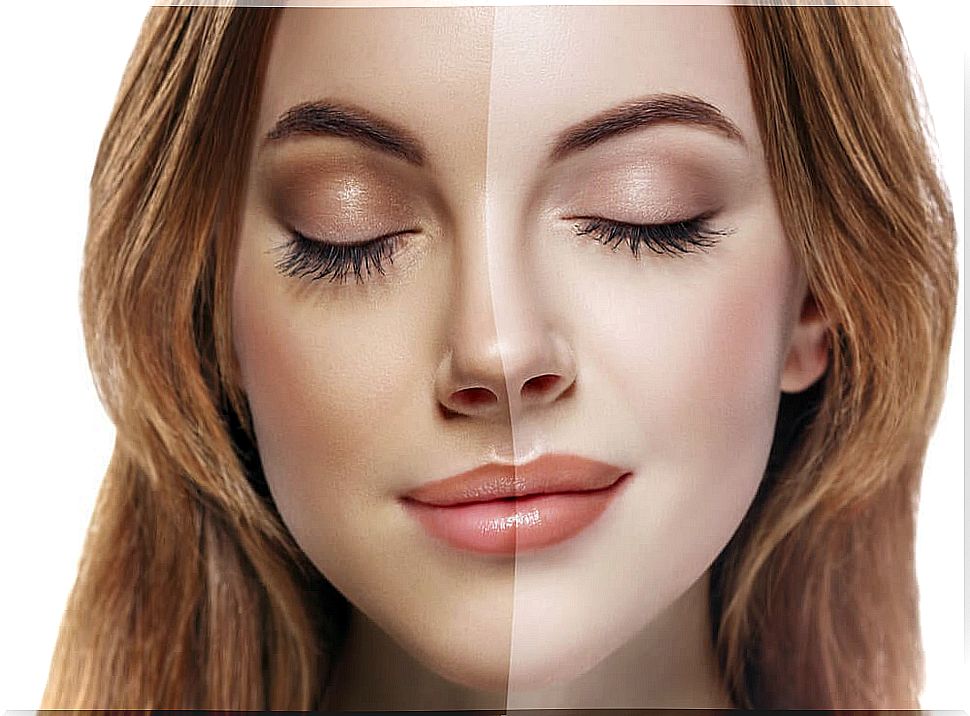
The phototype is the ability of the skin to assimilate radiation from the sun. That is, the type of adaptation to the sun, which determines whether a skin tans or not and to what degree it does so. There are 6 types:
- Phototype I: individuals with very white and fair skin, red hair, blue eyes and freckles on the skin. They tend to burn intensely after exposure to the sun and practically do not tan.
- Phototype II: fair-skinned, blond, and blue-eyed individuals may also have freckles on their skin. They burn easily and intensely and tan slightly.
- Phototype III: individuals with white skin, although somewhat darker than the previous phototypes, blue, green or light brown eyes and blond or brown hair. They burn and tan moderately.
- Phototype IV: individuals with brown skin, slightly brownish, with dark hair and eyes. They burn moderately, they tan easily and quickly after sun exposure.
- Phototype V: dark-skinned individuals. They do not usually burn in the sun and they tan very easily.
- Phototype VI: black individuals, very brown skin, never burn and have an immediate tan after exposure to the sun.
UV radiation index
On the other hand, the ultraviolet radiation indices must be taken into account. The ultraviolet index (UVI) is a measure of the intensity of UV radiation reaching the earth’s surface. There are different categories:
- Low: from 1 to 2. You can stay in the sun without risk.
- Moderate: 3 to 5. Protection is needed.
- High: from 6 to 7. Protection is needed, it is recommended to stay in the shade in the central hours of the day.
- Very high: 8 to 10. Needs extra protection.
- Extreme: values higher than 10. You need extra protection, it is recommended to avoid the sun in the central hours of the day and to wear shirts and a hat.
Conclution
In short, the most suitable sun protection factor for your skin varies depending on the amount of time that your skin can protect itself. This period in which the skin can be exposed to the sun without burning ranges between 5 and 30 minutes.
Some influencing factors are skin type, geographic location, time of year, or time of day. A higher sun protection factor will protect you longer and guarantee a healthy tan.
Now that you know how to calculate your SPF, you have no excuses not to protect yourself when you want to expose yourself to the sun. Remember that you must protect your skin throughout the year when taking walks outdoors.
